In the chaotic aftermath of World War II, aviation was caught in a thrilling, high-speed identity crisis. Piston engines were out, and the jet age was bursting onto the scene.
For the U.S. military, this was a race against time, particularly after seeing Germany’s cutting-edge jet-powered fighters. The solution? A jet bomber competition that birthed some of the most fascinating and, frankly, weirdest aircraft in history. Welcome to the world of the Martin XB-48, the six-engine oddity that was a brilliant failure.
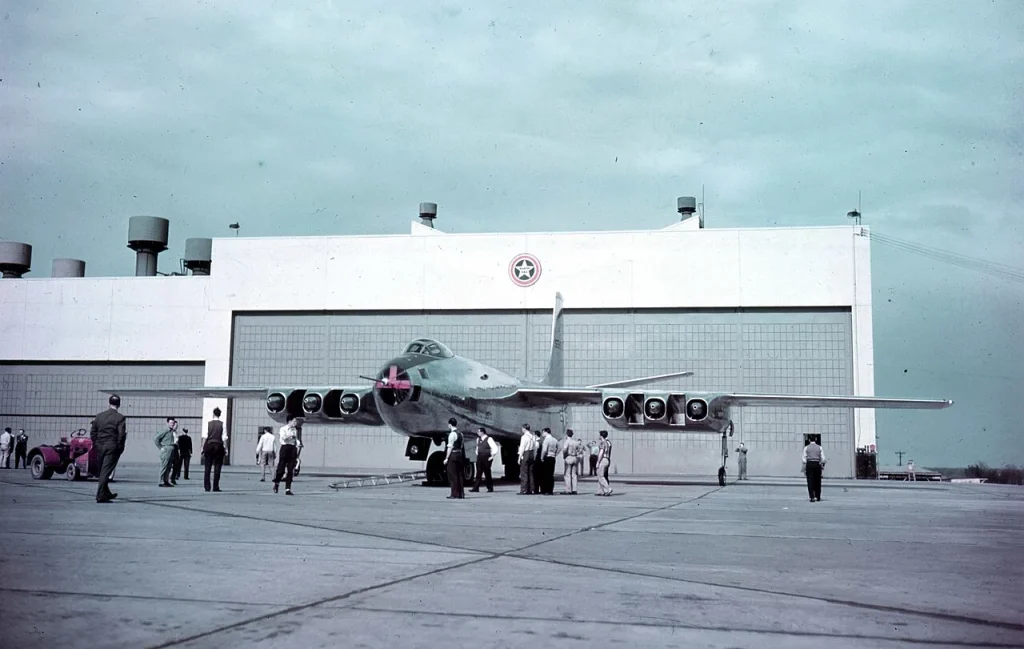
The XB-48 was part of a group of experimental bombers from the “Class of ’45,” which included the North American XB-45 and the Convair XB-46. While its rivals played it safe, Martin went for a design that was a true Frankenstein’s monster of aviation.
It was a massive, straight-winged bomber from the old world, but it was powered by an incredible six General Electric J35 turbojets. These engines were packed together, with three pods dangling like strange fruit under each wing.
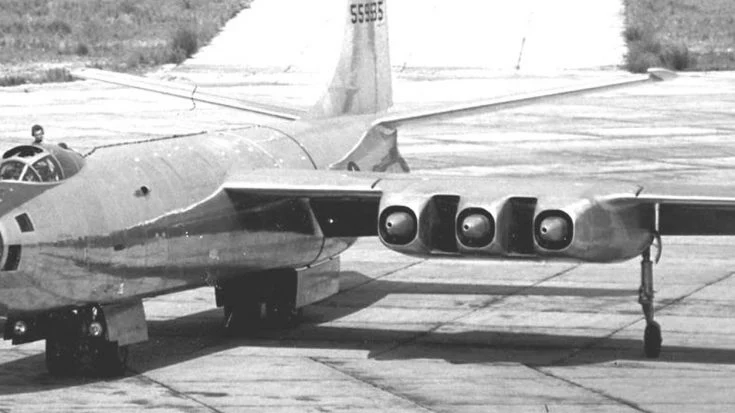
It was a testament to the fact that early jet designers were still figuring things out—and they were doing it in the most dramatic way possible.
But the real showstopper wasn’t just the engines. The XB-48’s wings were so thin that a conventional landing gear simply wouldn’t fit. Martin’s solution? A bicycle-type landing gear. This ingenious (and slightly ridiculous) design placed two sets of main wheels directly behind each other in the fuselage, with a pair of smaller outrigger wheels under the wings for balance.
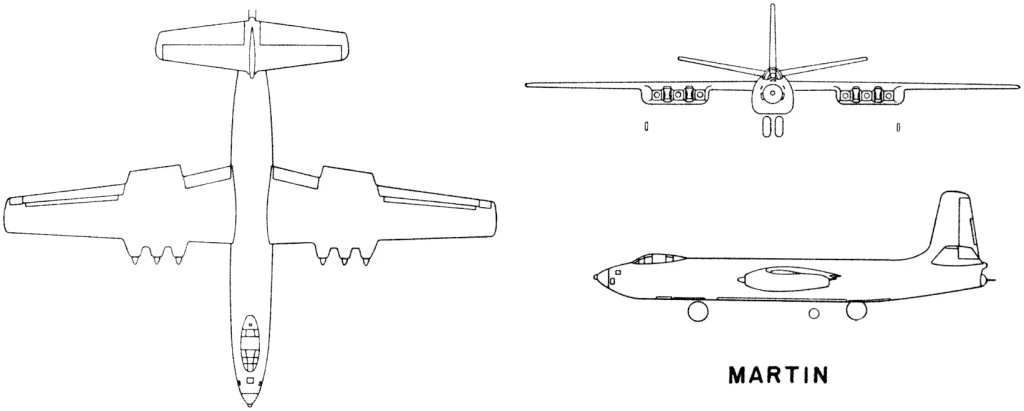
It looked like an airplane trying to ride a very fast tricycle. This clever feature, though it worked, proved how much of a design puzzle the transition to jet aircraft truly was. It also freed up a ton of space inside the fuselage for a massive bomb bay, proving that even a strange design had a purpose.
During its flight tests, the XB-48 quickly earned a reputation for being a maintenance nightmare. With six of the era’s temperamental jet engines, the first prototype alone had a mind-boggling 14 engine replacements in just 44 flights.
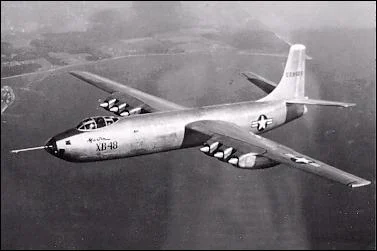
Imagine the mechanics’ headaches! It was an expensive, demanding machine that, for all its innovation, felt like a stopgap solution.
Then came the true competitor, the Boeing B-47 Stratojet. While Martin was fine-tuning its straight-wing design, Boeing had a different idea. Inspired by captured German research, they gave their bomber a revolutionary 35-degree swept wing. This single design choice changed everything. The B-47 was not just an evolution; it was a revolution. It could fly faster, higher, and more efficiently than the XB-48, making Martin’s bomber seem instantly obsolete.
In the end, only two XB-48s were ever built. The project was officially canceled in 1948, and both aircraft were eventually scrapped. The XB-48 became an aviation footnote, a fascinating glimpse into a moment of radical design choices and technological growing pains.
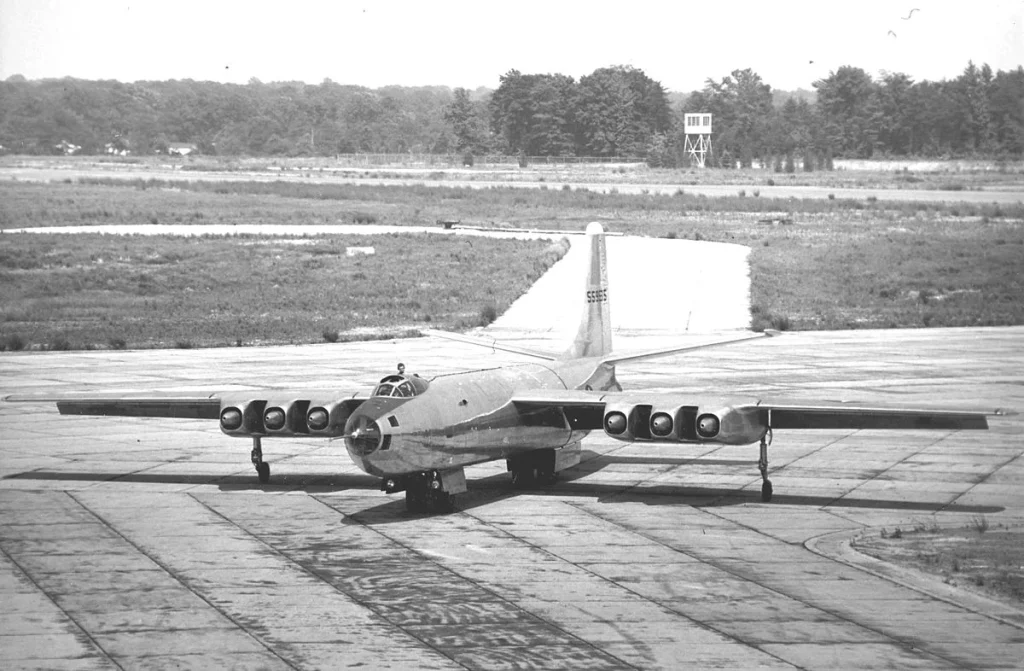
While it never saw service, its bizarre landing gear and six-engine layout make it a perfect subject for the “Weird Wings” category—a glorious and misunderstood chapter in the history of flight.







